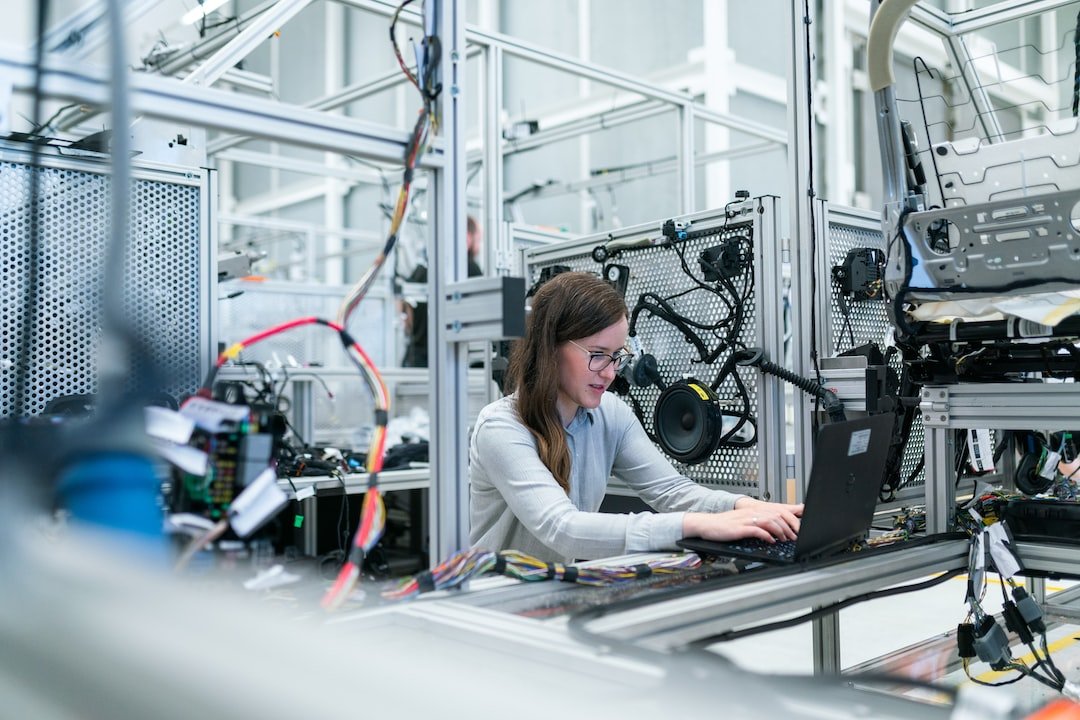Optimizing Energy Efficiency in Manufacturing Facilities
In today’s world, energy efficiency has become a top priority for businesses across various industries. As demand for sustainable practices continues to grow, manufacturing facilities are increasingly looking for ways to reduce their energy consumption and minimize their environmental impact. Optimizing energy efficiency not only benefits the planet, but it also has significant cost-saving and operational advantages. In this blog post, we will explore some key strategies and best practices for improving energy efficiency in manufacturing facilities.
1. Conduct an Energy Audit:
Before implementing any energy-saving measures, it is crucial to conduct a thorough energy audit of your manufacturing facility. This will provide insight into the current energy consumption patterns and identify areas with the most significant energy-saving potential. An energy audit typically includes analyzing energy bills, inspecting equipment and systems, and evaluating the efficiency of lighting, HVAC, and industrial processes. This assessment will form the basis for developing an effective energy management plan.
2. Invest in High-Efficiency Equipment:
Upgrading to high-efficiency equipment is an excellent way to optimize energy efficiency in manufacturing facilities. Old and outdated machinery often consumes more energy than necessary, leading to wastage and increased operational costs. By replacing inefficient equipment with newer models that meet modern energy standards, businesses can significantly reduce their energy consumption. It is also worth considering industrial automation systems that monitor and adjust energy usage in real-time, ensuring equipment operates at optimal levels.
3. Improve Lighting Systems:
Lighting accounts for a significant portion of energy consumption in manufacturing facilities. Switching to energy-efficient lighting options, such as LEDs, can result in substantial energy savings. LED lights offer several advantages, including reduced energy consumption, longer lifespan, and enhanced durability. Additionally, implementing motion sensors and automated controls can help eliminate energy waste by ensuring lights are only active when needed.
4. Enhance Heating, Ventilation, and Air Conditioning (HVAC) Systems:
HVAC systems are another major energy consumer in manufacturing facilities. Optimizing their efficiency can yield substantial energy savings. Regular maintenance, including cleaning filters and ducts, not only improves system performance but also ensures maximum energy efficiency. Smart HVAC controls and programmable thermostats can help regulate temperature settings based on occupancy and production schedules, avoiding unnecessary energy consumption.
5. Optimize Industrial Processes:
Finding ways to optimize energy usage in industrial processes can result in significant energy savings. This can be achieved by implementing process improvements, such as optimizing production schedules and reducing idle times or implementing advanced control systems to minimize waste and improve efficiency. In some cases, revising production layouts to improve material flow can also lead to energy savings. Additionally, considering the use of renewable energy sources, such as solar or wind power, to power specific processes can have long-term benefits.
6. Implement Energy Management Systems:
Implementing energy management systems (EMS) can help manufacturing facilities monitor, control, and optimize their energy consumption. These systems collect data from sensor networks and meters to provide real-time insights into energy usage. By analyzing this data, businesses can identify energy-saving opportunities, track performance, and make informed decisions to optimize energy efficiency. EMS also enable remote monitoring and control of energy systems, allowing for timely adjustments and alerts, resulting in improved efficiency.
7. Employee Education and Engagement:
Employees play a vital role in optimizing energy efficiency. Educating and engaging the workforce on energy-saving practices can have a significant impact on reducing energy consumption. Conducting training sessions and raising awareness about the importance of energy conservation can motivate employees to adopt energy-saving habits in their daily operations. Additionally, implementing incentive programs that reward employees for their contributions to energy efficiency can foster a culture of sustainability within the organization.
8. Monitor and Benchmark Performance:
Continuous monitoring and benchmarking of energy performance are essential to identify opportunities for improvement and track progress over time. Establishing energy efficiency goals and regularly monitoring key performance indicators (KPIs) can help manufacturing facilities stay on track with their energy-saving objectives. Utilizing energy tracking software or working with energy management consultants can aid in identifying areas of improvement and implementing necessary changes.
9. Collaborate with Stakeholders:
Collaboration with suppliers, customers, and other stakeholders can lead to shared energy efficiency benefits. Manufacturers can work with suppliers to source materials and components from energy-efficient sources and optimize transportation logistics to reduce energy waste. Engaging customers in energy-efficient practices by providing information on product lifecycle energy consumption or promoting energy-saving benefits can enhance brand reputation and customer satisfaction.
In conclusion, optimizing energy efficiency in manufacturing facilities is not only an environmental responsibility but also a cost-saving and operational necessity. By conducting energy audits, investing in high-efficiency equipment, improving lighting and HVAC systems, optimizing industrial processes, implementing energy management systems, educating employees, and monitoring performance, manufacturers can significantly reduce their energy consumption and contribute to a greener future. Embracing sustainable practices not only benefits the bottom line but also demonstrates a commitment to a cleaner and more efficient manufacturing industry.

